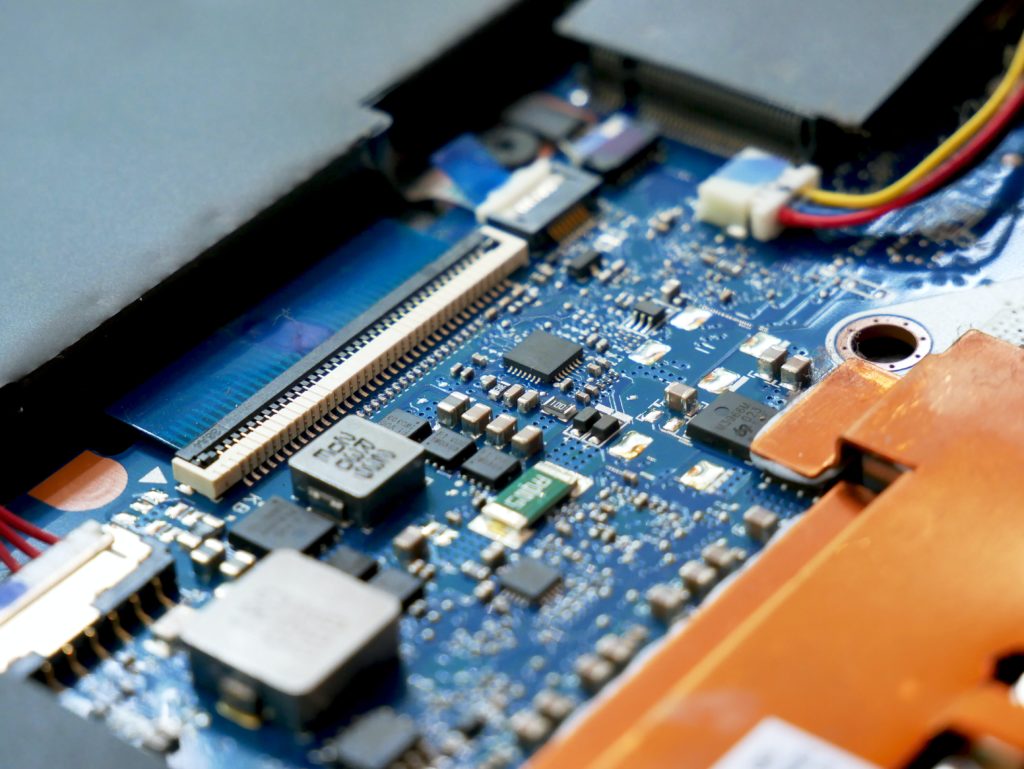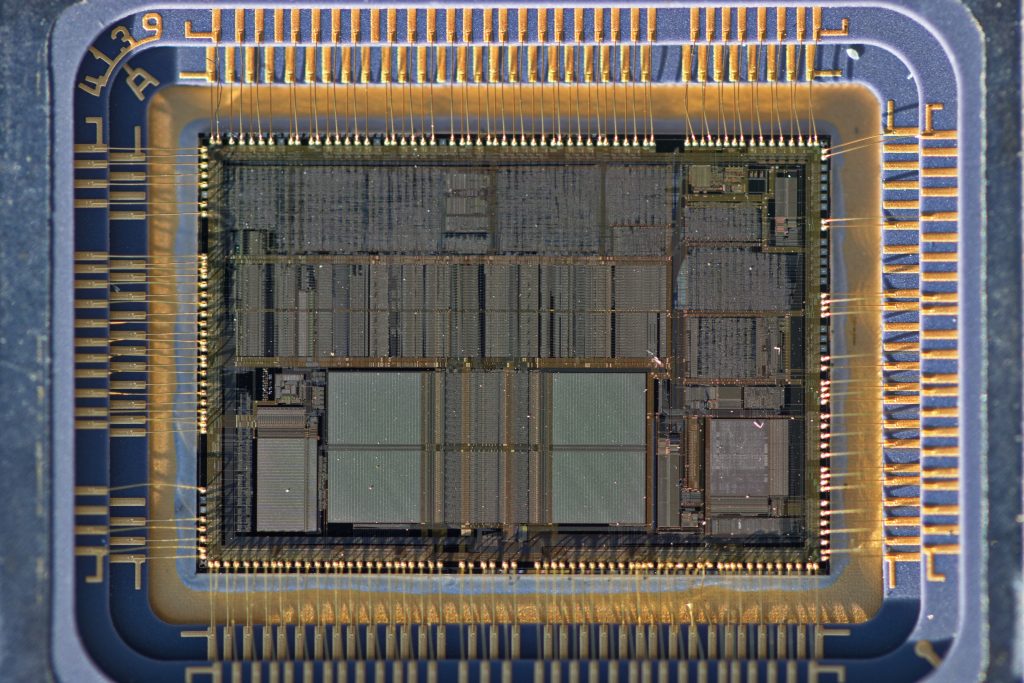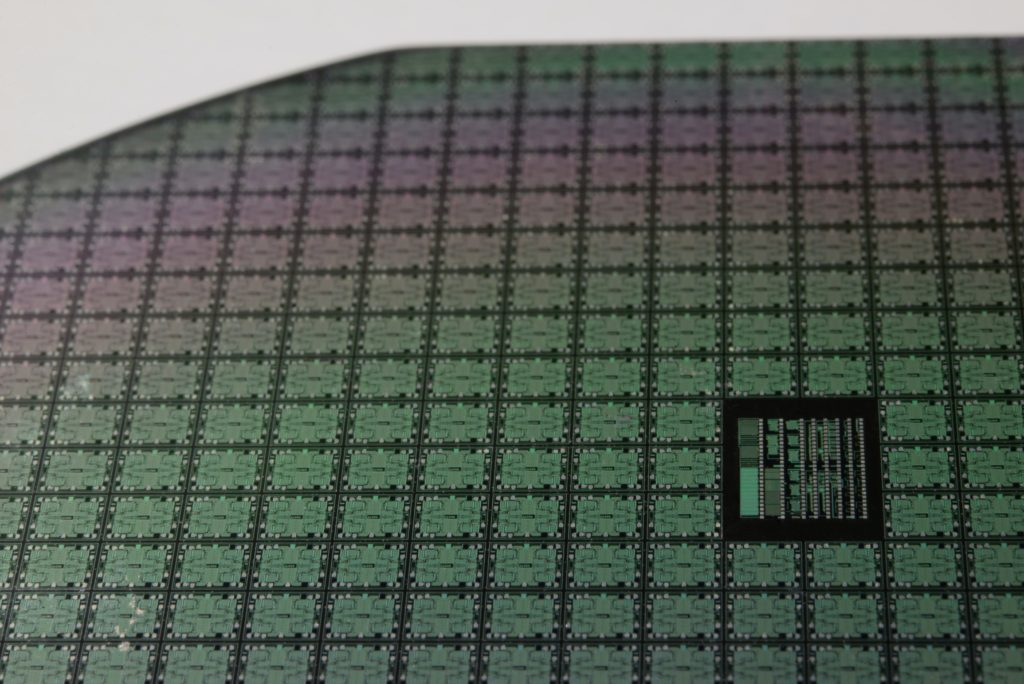Photo by Barrett Ward on Unsplash
THE BUILDING BLOCKS OF SEMICONDUCTOR SUPPLY CHAIN
Supply Chain Management (SCM) is part of every manufacturing industry. It enables the movement and management of finished goods and all those components that drive the development of the final product.
As the world became more connected, real-time information allowed SCM to be more efficient than ever. However, the years 2020 and 2021 have brought massive challenges to the SCM. Irrespective of the manufacturing industry, SCM teams across different companies have to fight against the unpredictable trend of the market, and companies (and SCM teams) are now struggling to find avenues to tackle the fluctuating supply and demand in the market. The same challenges and stories also apply to the semiconductor industry. The long manufacturing cycle time has thrown all SCM methodologies and rules out of the window.
Like other industries, the semiconductor supply chain is also dependent on many blocks. Thus, the semiconductor supply chain also needs a synchronized approach to make materials and resources available so that semiconductor manufacturing can fulfill customer demand without delay.
To achieve this goal, some of the basic building blocks of the semiconductor supply chain need to work in synchronization. Any delay or bottleneck in any of these basic blocks severely impacts the end customer.
Raw Materials: The manufacturing of semiconductor products is dependent on the availability of raw materials like chemicals, semiconducting materials (silicon, germanium, gallium arsenide, etc.), substrate, and many other different types of resources. Without procuring these basic materials, the semiconductor product supply chain will not move forward. The semiconductor shortage is not only because of the capacity constraints but is also due to the impact pandemic had on raw material providers. As long as the industry providing raw materials to the semiconductor industry does not face supply chain challenges, the semiconductor supply chain keeps moving forward. If not, then the impact on these critical blocks often leads to a long semiconductor manufacturing cycle time.
Design: Raw materials are critical from the manufacturing point of view. But before a semiconductor product goes for manufacturing, the design stage needs to be completed. Delays in product design also affect the manufacturing plan and thus directly impact the supply chain. The semiconductor supply chain keeps moving forward with the help of older products. However, the changing landscape and the rush to introduce new solutions means that new semiconductor products should continuously feed into semiconductor manufacturing to keep the semiconductor supply chain active. All this makes semiconductor product design the most vital building block of the semiconductor supply chain.
Manufacturing: Semiconductor manufacturing is another vital process that semiconductor supply chain management runs on. In reality, this is true for any manufacturing industry, not just semiconductors. The pressure on the semiconductor supply chain today is majorly due to the bottleneck in semiconductor manufacturing. All-time high lead time is stopping the supply chain from providing the customers with the required product in the proper time frame. Supply chain teams often rely on inventory to tackle such scenarios, but the cycle time and lack of pre-planning have taken this option away from several companies. On top of all this, new semiconductor products are getting introduced continuously and entering the manufacturing cycle, which is also not helping semiconductor supply chain management. All this clearly shows why manufacturing is another building block of the semiconductor supply chain.
Logistics: The movement of goods (whether raw or finished) is one of the most critical processes to drive a flawless semiconductor supply chain. Semiconductor companies worldwide rely on major logistics players to ensure that different parts, products, and materials get delivered on time. Logistics delays also have a direct impact on the supply chain. Thus far, during the capacity constraint, the semiconductor industry has managed the logistics very well compared to a few of the other building blocks of the semiconductor supply chain.
Inventory: Keeping products in hand for future demand is the base concept of efficient supply chain management. Semiconductor companies often hold either assembled products or fabricated wafers for future requirements. However, this means predicting the future demand without knowing what will and what will not work. Thus making inventory management is another building block of the semiconductor supply chain.
It is vital to understand why the last two years have been challenging for the semiconductor supply chain. Maybe the answer lies in the methodologies, approaches, and tools that enable the semiconductor supply chain. It might be that older techniques did not work as planned. This course correction is required.
Given the vast amount of data and on-the-go information, the semiconductor supply chain should have adopted future trends faster and accurately. However, it seems like, in reality, the techniques are not getting utilized along with the resources, solutions, and tools that are available. It is time to revisit few blocks of the semiconductor supply chain and adapt these to create future building blocks that can contain the future semiconductor shortages.


THE FUTURE BLOCKS OF SEMICONDUCTOR SUPPLY CHAIN
In the 1960s, the SCM followed a fragmented methodology and thus required coordinating with different teams to merge the information (forecast, sourcing, logistic, etc.) before implementing decisions. By the 1990s, the fragmented approach became consolidated, and SCM became more centralized. Now, teams could take decisions faster than ever. However, in the 2020s, when the world is more connected than ever, all the information in hand could not predict the market trend. The impact of all this is capacity to supply chain constraint. Today is the time to understand the bottlenecks and prepare future semiconductor supply chain countermeasures that can take into account the abrupt cycle nature of the market.
To tackle future semiconductor supply chain challenges, the following critical blocks should be re-visited to capture the improvements required along with the way these resources are utilized to make future projections.
Data: Understanding the market demand is very important. Semiconductor supply chain teams have resources that can allow them to gauge the market swing. These resources provide information to make a better decision on how to manage inventory, manufacturing orders, and supply. However, looking at the pandemic scenario, the semiconductor teams focused on the supply chain have not taken full advantage of the resources in hand. The future decision should be based on new advanced tools that can provide information outside of the industry (like predicting pandemics) and/or developing dedicated talents capable of using data to predict future market changes that can severely affect the semiconductor supply chain. Supply chain management should move more towards data drive management.
Adoption: Just In Time (JIT) is a widely used methodology in manufacturing. However, the semiconductor supply chain needs to move beyond the traditional concepts. This demands changes in the supply chain working with the help of a detailed understanding of both technical and non-technical (like weather, outbreak, etc.) information that can affect the semiconductor supply chain.
Planning: Semiconductor supply chain planning should utilize more data points than simply relying on forecast or market intelligence. The roadmap to manage the supply of semiconductor products in the market should also consider data points from different forward and backward supply chain-dependent industries. This could be from understanding the raw material supply chain to the end customer supply chain. Merging several output supply chains can provide a better outlook as to whether the planning is in line with the market reality or not.
Priority: In the end, decisions taken by the semiconductor supply chain teams are all about how to balance and prioritize product manufacturing. This also means some products will have more supply than others, and any incorrect priority decision will lead to supply constraints. Prioritizing products is not an easy task, and that is why semiconductor supply chain teams need to find new ways to balance the inventory of different types of products.
Risk: Eventually, semiconductor supply chain management is a risky business. If the market demand is lower than the expected supply (which means the products are at the manufacturing stage), then it can lead to losses. On another side, if the product supply is not meeting the market demand, then the opportunity to gain on the high demand is lost. It is vital to take risks but based on new strategies and concepts that are more robust than the older production and supply systems.
The semiconductor supply chain teams can take these blocks and re-invent them to their potential. In the long run, the end customer also needs to backtrace and understand how the semiconductor supply chain drives them and also affects them.
As the semiconductor world moves forward, the semiconductor supply chain management across different industries (not just semiconductors) will also evolve, and supply management teams will have to capture the impact of worldwide supply chains (semiconductors impacting automotive) and how individual industries should master 360-Degree views for long-term benefits.



















